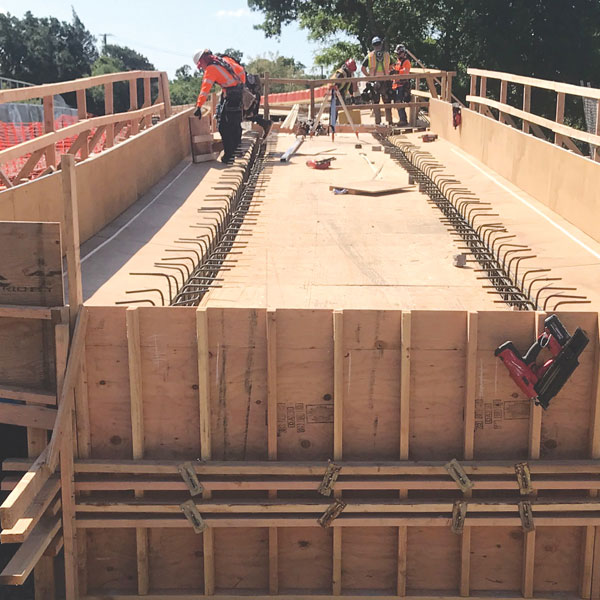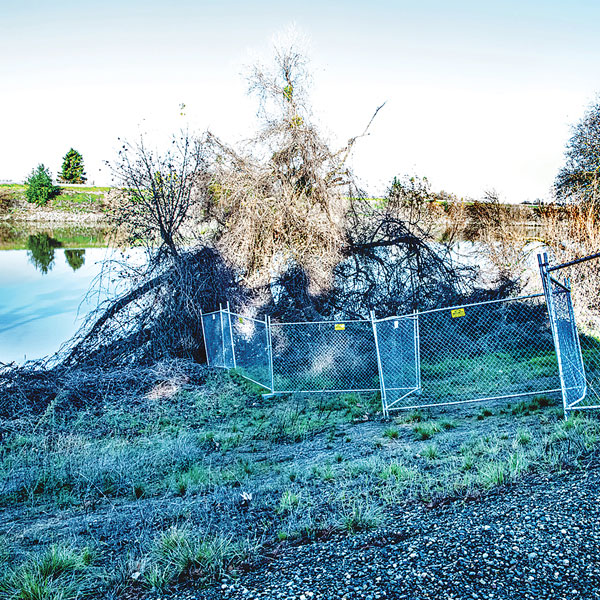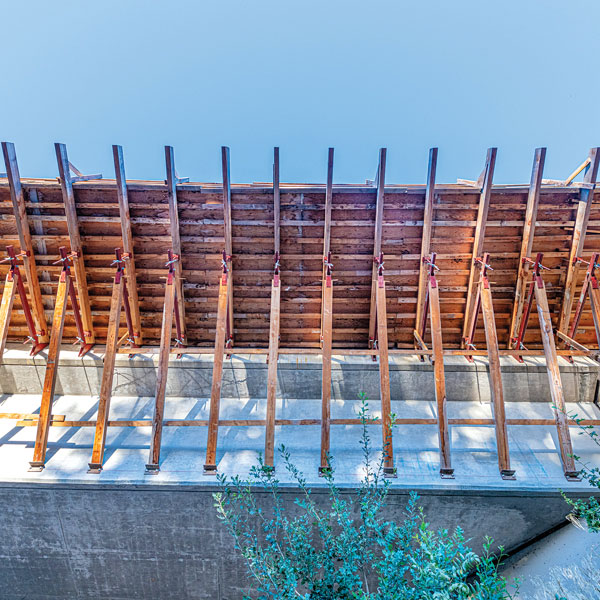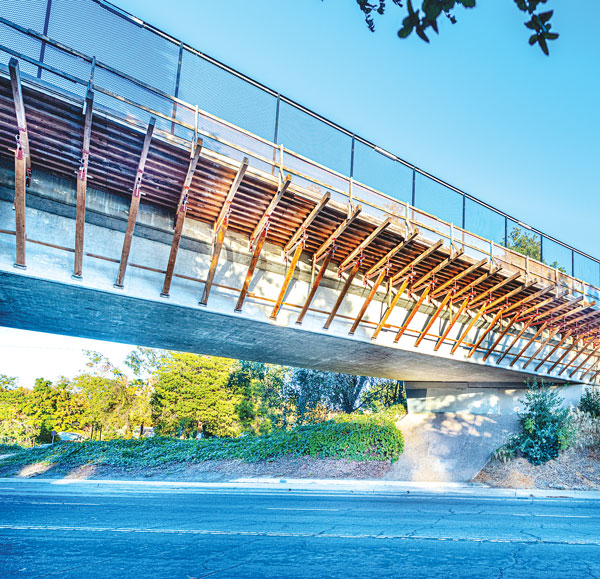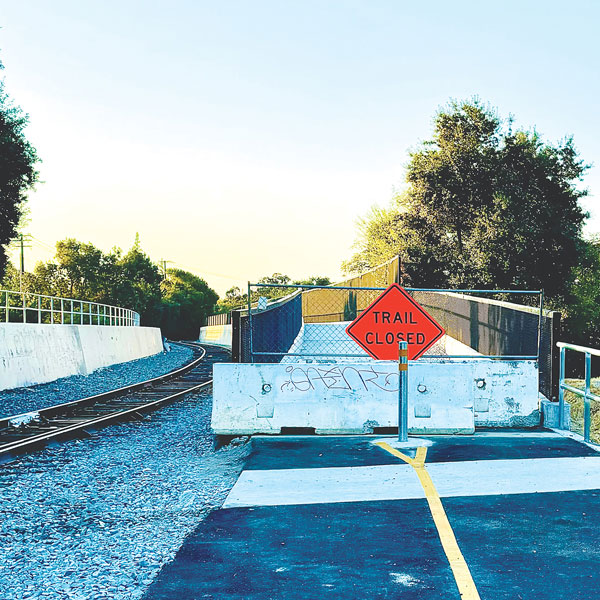Getting There
Hide And Seek
The city doesn’t know how to tell a story.
In January, I asked the city for documents related to the Del Rio Trail bicycle bridge across Interstate 5 and Riverside Boulevard.
You know the bridge.
It’s the $12 million span that never opened. The one with wooden construction forms still hanging above the freeway. Built with substandard concrete and rebar. Now facing demolition.
And begging questions about how the city waited until last summer, when the bridge was ready for its ribbon cutting, before anyone started screaming about the problems.
That bridge.
Undiplomatic Immunity
I keep hoping flood protection agencies will wise up to tricks pulled by people who want to torpedo the Sacramento River Parkway levee bike trail.
The tricks are tiresome. But flood agencies are easy marks. They love to play the fool.
The latest embarrassment happened last year. The game involved five temporary levee fences in Pocket and Little Pocket authorized by Central Valley Flood Protection Board Executive Officer Chris Lief in 2023.
Criminal Intent
One difference between City Hall today and a dozen years ago when I worked there is we tried to follow the law.
I can’t say we followed every rule to black-letter perfection. But we respected our civic duties. Most of the time.
Nowhere Bridge
The community is digesting the negligence and coverups that allowed a $12 million unsafe bicycle bridge to rise over Interstate 5 and Riverside Boulevard.
Meantime, Inside Sacramento discovered archival documents that show how the city set the stage for the bridge fiasco by delaying the Sacramento River Parkway bike trail for nearly 50 years.
After announcing a river levee bike trail in 1975, the city let a small group of property owners in Pocket and Little Pocket block the parkway’s completion.
Fast Company
Kristi Matal figured fast cars, soccer kids and dogs made a bad combination. Kids and dogs were fine. Speeding drivers meant trouble.
She decided to do something about it.
The problem roared into Matal’s view as she visited the dog park at Bill Conlin Youth Sports Complex on Freeport Boulevard. Dog owners were frustrated by motorists flying past Conlin on the rural, two-lane highway that borders the park.
Bridge Out
There’s big trouble with the bike and railroad bridge that crosses Interstate 5 and Riverside Boulevard near Sutterville Road. Here’s how the city tried to hide the story.
Word spread this summer over concerns with concrete that holds the new bridge together. It’s hard to keep everyone quiet about potentially inferior concrete on a bridge above an interstate.
Call them desperate, duplicitous or naïve. But authorities at City Hall figured they could bury the facts and cover up the details.
City officials stonewalled my questions about the bridge, a high-profile structure that arches over the freeway and connects the new Del Rio Trail with the Sacramento River Parkway bike path.

